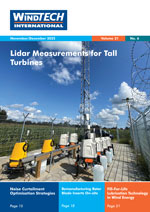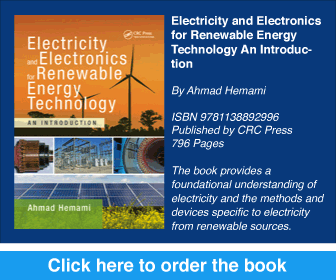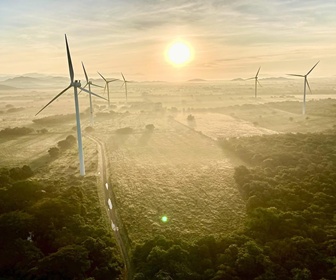Global awards of new offshore wind sites and offtake contracts fell by more than 70% in the first nine months of 2025, according to TGS | 4C’s latest Quarterly Market Overview report. The analysis suggests that setbacks are prompting a recalibration as governments, developers and suppliers adjust to new conditions.
Rather than pursuing larger GW targets, priorities are shifting towards policy stability, reliable offtake agreements and flexible frameworks. With auctions slowing and supply chains under pressure, governments are introducing new mechanisms while developers focus on flexibility and risk sharing to safeguard projects during volatile cycles.
Key findings include:
- Auctions slowing: Of about 20 GW of global offtake auctions expected in 2025, only 2.2 GW has been awarded so far, compared with an average of 11.7 GW annually in 2022–2024. Several major European auctions have been postponed, with some developers opting out entirely.
- Fewer site awards: Just 11.2 GW of new sites have been awarded in 2025, against an annual average of 70 GW in the previous three years. This decline is reducing demand for site surveys.
- Policy responses emerging: Germany, the Netherlands and Denmark are preparing new Contract for Difference and site award frameworks aimed at improving bankability and restoring investor confidence.
- Permitting steady: In the first three quarters of 2025, 14.6 GW of projects achieved final consent, only slightly below last year’s record.
- Floating wind vulnerable: Current activity depends on a small number of projects in France, South Korea and the UK. France remains most resilient, supported by €11 billion in European Commission funding for three floating projects.
- Turbine supply risk: TGS | 4C forecasts a potential shortfall of around 2,500 turbines (about 40 GW) by 2040, highlighting the need for global manufacturing expansion and Chinese supplier integration.
- Decommissioning outlook: For the first time, forecasts include decommissioning, with 3 GW of projects reaching end-of-life by 2040 and 27 GW by 2050, presenting opportunities in repowering, lifetime extension or removal.










